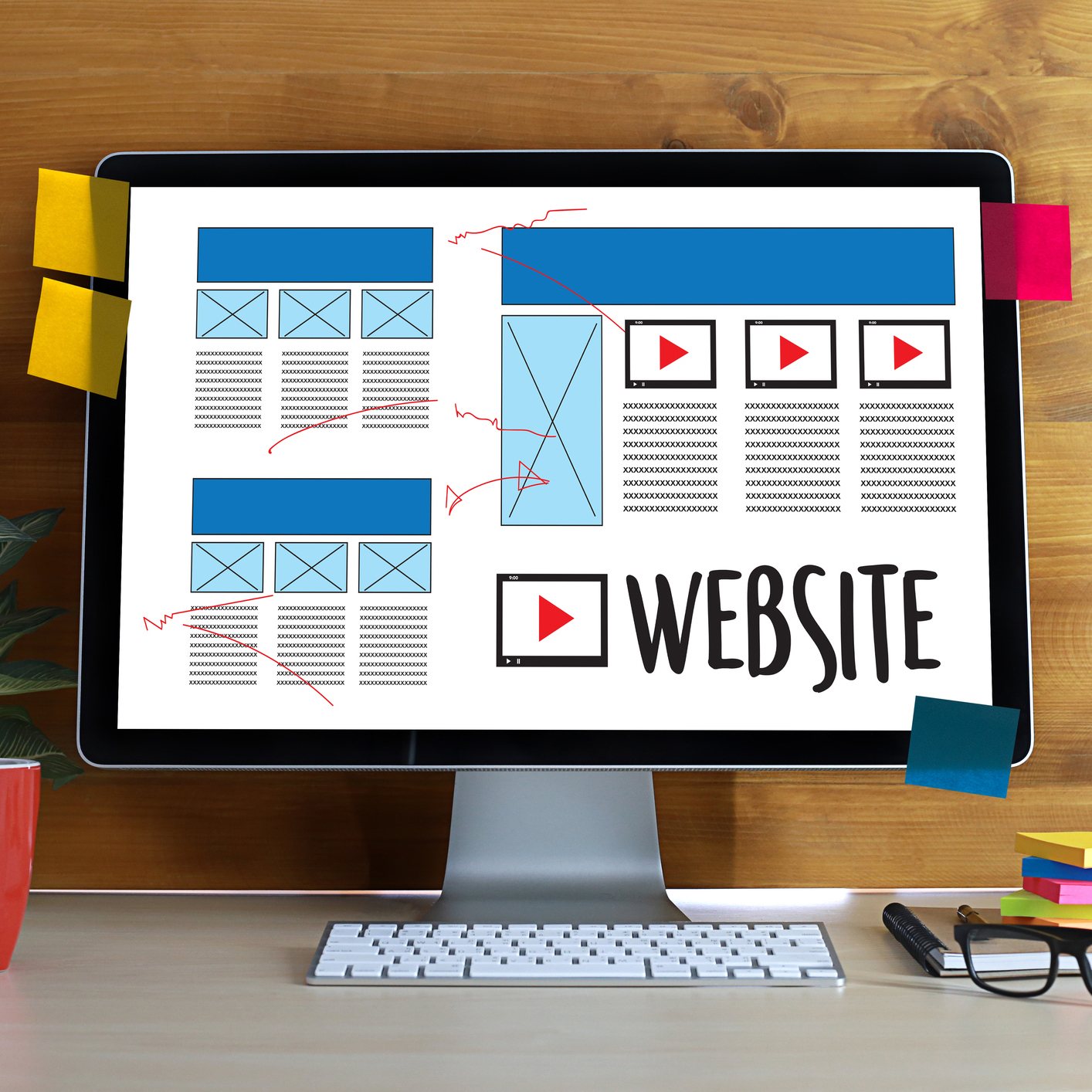7 Signs Your Website Needs to be Updated

The majority of legal consumers start their search for an attorney online. According to a recent study, 37 percent of legal consumers responded that search engines were their first step, followed by online review/directory sites. While referrals are important, the future of law firms everywhere is digital.
Your website is the first impression your firm makes on potential clients. If they aren’t impressed with what they see or have trouble navigating the site, they’re likely to visit your competitor’s site..
The thing is, just having a website isn’t enough. Consumer expectations and search engine algorithms change. While your website may have done fine a few years ago, it may not be able to compete with newer, modernized sites. Here are seven signs it’s time for a website update.
1. Your Site Looks Old
If your website looks like it’s from the 1990s (and maybe that’s when it was created), it’s well overdue for an update. If you haven’t made any updates recently, potential clients may question whether you’re still operating. They may also think you’re too far behind the times and decide to turn to someone more current.
The more current your website appears, the more likely you are to attract new clients. Revisit your site frequently and make any necessary changes right away.
2. You’re Still Using Flash
Flash was an incredibly popular plugin back in the day. Today, however, it’s a very different story. Apple’s iPhones and iPads can’t support it. Search engines like Google can’t read it. The worst part, visitors may have to download the plugin to even view your content in the first place. Adobe will stop distributing and updating flash on December 31, 2020.
When potential clients come to your site, they want to see your content right away. Having to download a plugin is devastating to the user experience. Updating your site and getting rid of Flash makes it easier for potential clients to view your pages on any browser or device.
3. You’re not using Javascript correctly
Javascript has become one of the most popular coding languages on the web, thanks to the ease of use, scalability, and performance it provides. However, “rendering” of javascript is still very new for search engines, and many sites do not present their javascript-based content and links in a way that Googlebot and other search engine robots can quickly understand it.
While Googlebot is able to crawl and render many implementations of javascript, implementations that use “Client Side Rendering” or a similar form of rendering on the user’s device require a second wave of crawling called “rendering.” This means that any important links or content that were not stored in the html when Google first crawls your page, will not be discovered until Googlebot eventually renders the page – which could be a while.
Some implementations of Javascript also use “onclick” events for links, instead of a normal HREF tag. These links will not be crawled by Googlebot,which means you will not be able to pass any authority onto the linked page.
4. You’re Not Mobile-Friendly
In 2019, 60% of all Google searches were performed on mobile devices. The thing is, not all websites function well on mobile. If a potential client can’t access your website on the go, they’re much more likely to back out and look for a site that will work.
Mobile-friendliness isn’t just important for user experience. It also plays a role in your search ranking. If your site isn’t optimized for mobile devices, it won’t show as highly in search results.
5. Your Site Loads Slowly
When a potential client wants answers on the internet, they want them quickly. Slow load times can be incredibly frustrating. 47 percent of people expect a site to load in under two seconds, and nearly 40 percent will abandon the site if it takes much longer.
A slow performing site may be a sign that your site will not meet important Core Web Vitals metrics, metrics which Google will implement as part of their ranking algorithm in the future. A slow site can also be impacting your rankings as site speed plays a (minor) role in your search rankings currently. More importantly a faster site can provide a better user experience which can lead to more conversions, repeat visitors, and potentially better visibility for queries in Google.
6. Your Site Is Difficult to Navigate
Another potential issue is how much poking around a visitor needs to do to find what they need. They want answers quickly and easily. If they can’t get them, they’re more likely to get frustrated and leave. You want to make it as simple as possible for potential clients to find information.
Navigation and internal linking are also important for search engine visibility. The more difficult it is to find content, or the more clicks it takes to navigate from your homepage to a specific piece of content, may cause Google not to value that content as much.
7. You’ve Outgrown Your Current Site
Just like the internet, your law firm evolves over time. People get promoted or retire. You may offer more services now than you did in the past. Perhaps you’ve changed locations or added new ones.
If you offer a service that a potential client needs but haven’t added it to your site, no one will know it exists. Keep your site’s content up to date to make sure visitors are seeing — and search engines are indexing — everything you have to offer.
The Takeaway
While word of mouth referrals are vital for lawyers, the internet is playing an increasingly more crucial part in obtaining new clients. To ensure your website stands out, you need to have an updated, user-friendly site. So, what are you waiting for? There’s no better time than the present to make the necessary changes to your website that will transform it into a driver of traffic to your firm.









